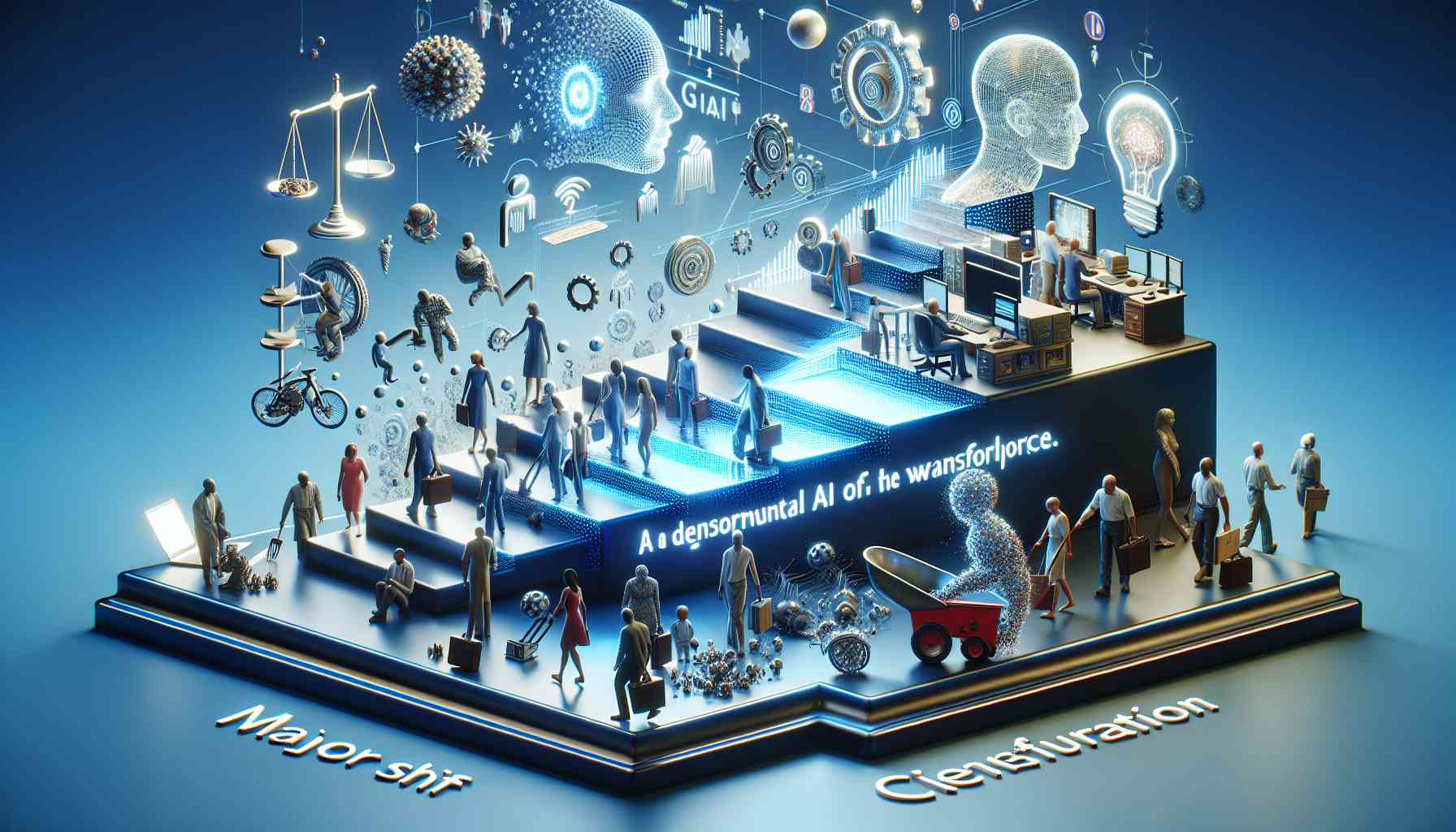Generative artificial intelligence (AI) has the potential to revolutionize workplaces by automating tasks and increasing productivity. However, while some occupations may benefit from higher productivity and salaries, others face the risk of displacement and lower wages.
According to a PwC survey, a quarter of global chief executives expect the deployment of generative AI to lead to at least a 5% reduction in headcount this year. Industries such as media and entertainment, banking, insurance, and logistics are most likely to predict job losses due to cutting-edge AI tools.
Goldman Sachs predicts that generative AI systems will automate a quarter of the work done in the United States and eurozone, leading to a potential 7% boost in global gross domestic product over a decade. However, this technology also presents “significant disruption” to the labor market, putting around 300 million full-time workers at risk of automation.
High-skill occupations, traditionally considered immune to automation, are now facing potential disruption. Advanced AI algorithms can augment or replace roles that require nuanced judgment, creative problem-solving, or intricate data interpretation, potentially exacerbating inequality within and across occupations.
The impact of generative AI on the labor market will be uneven. Occupations with high AI exposure, for which tasks can be autonomously completed, may experience reduced labor demand and lower wages. On the other hand, jobs that require human supervision over AI may see a boost in productivity, leading to increased labor demand and wages for incumbent workers.
However, this could exacerbate income and wealth inequality. Workers who can harness AI may enjoy higher productivity and wages, while others fall behind. The adoption of AI by companies will also lead to increased capital returns, which tends to favor the more affluent.
Factors such as educational levels and age will play a significant role in the AI-driven transformation. College-educated workers are better prepared to transition from at-risk jobs to high-complementarity jobs, while older workers may be more vulnerable to displacement.
While there is the potential for higher growth and increased labor demand due to AI, there is also the risk of inequality. The transformative power of generative AI must be harnessed responsibly, ensuring that the benefits are shared widely and that workers are equipped to adapt to the changing landscape of work.
The source of the article is from the blog aovotice.cz

